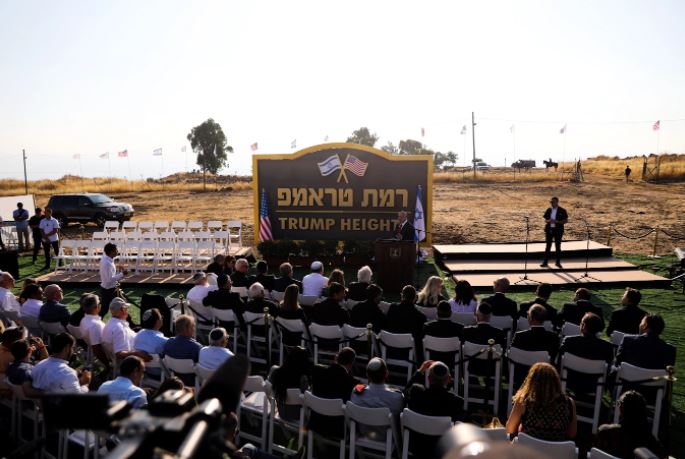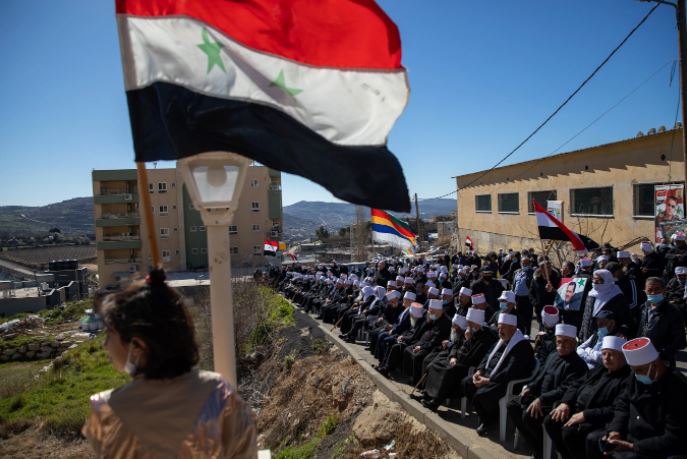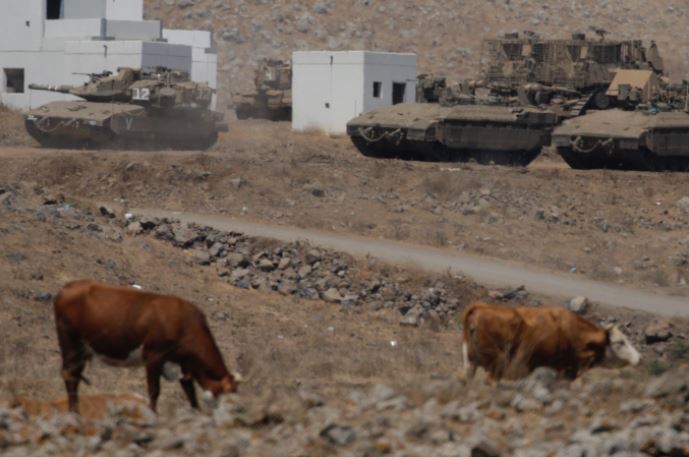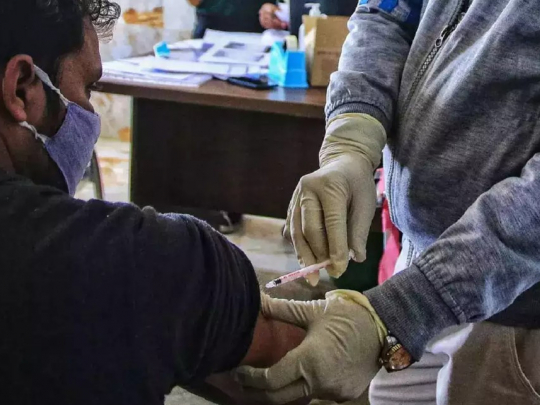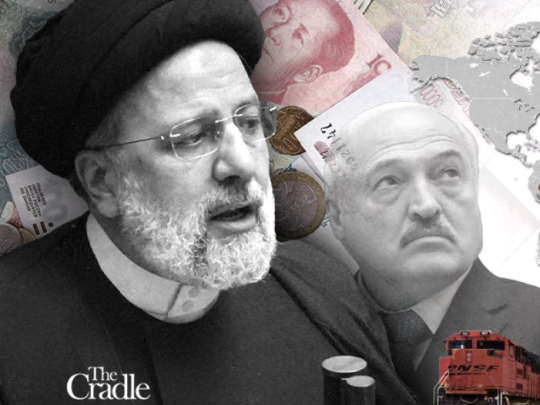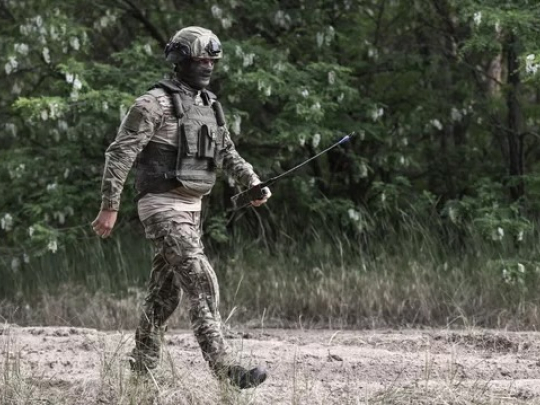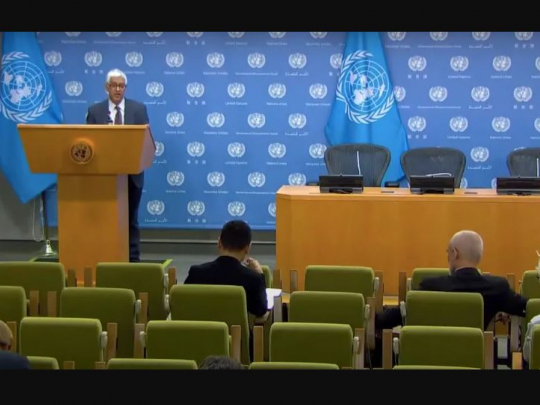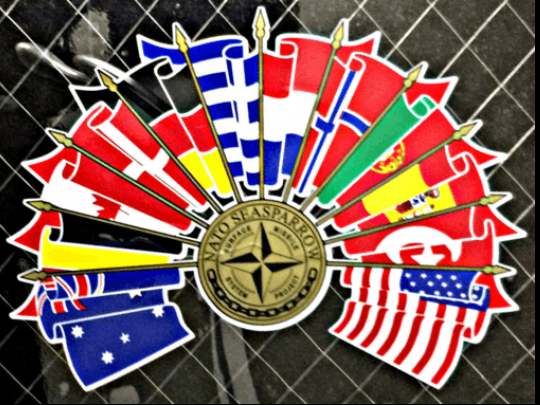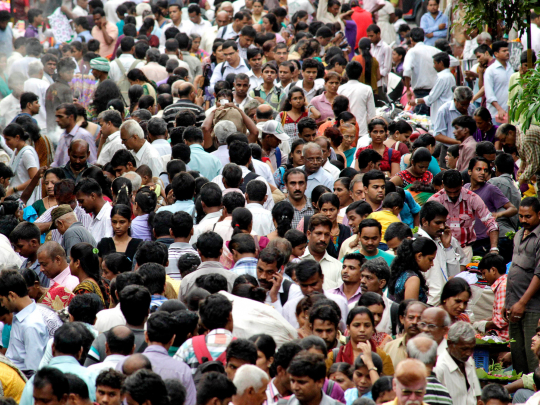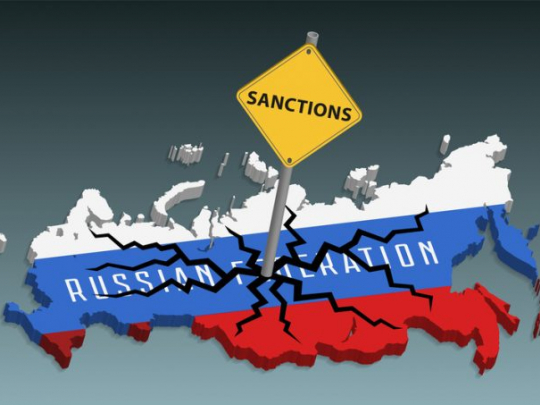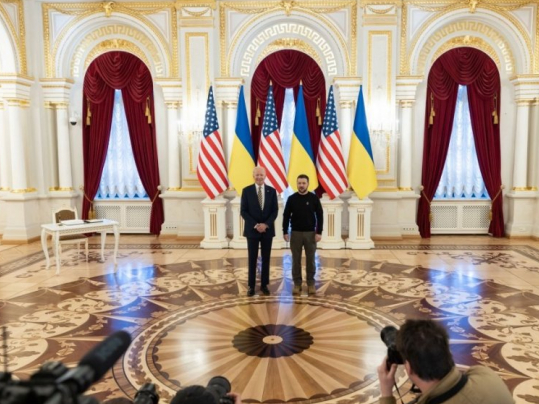Israel is Tightening Its Grip on Syria’s Golan Heights by Creating “Facts on the Ground”
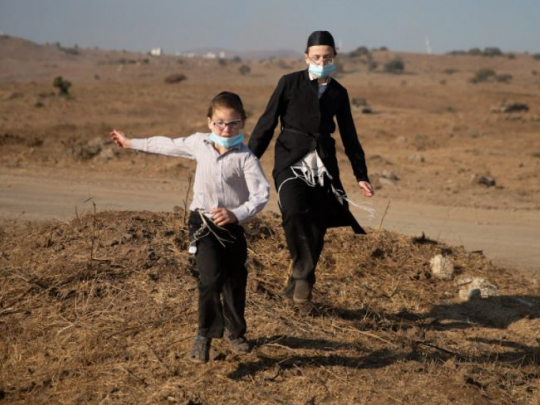
On Dec. 15, 1981, the Knesset (Israel’s parliament) enacted a law officially annexing the Golan Heights — Syrian territory captured by Israel during the 1967 Six Day War. Now, 40 years later, the Israeli government hopes to double the size of Jewish settlements there by the end of this decade, in an effort human-rights activists see as further normalizing a forgotten occupation.
Last month, the Israeli government approved a $300 million plan to promote Jewish settlement expansion in the occupied Golan Heights. In response, Adalah – The Legal Center for Arab Minority Rights in Israel and Al-Marsad – Arab Human Rights Center in Golan Heights submitted a letter to Attorney General Avichai Mandelblit and Prime Minister Naftali Bennett this month demanding the plan’s cancellation, given that it is a violation of international law to build settlements on occupied land.
“Attempts to normalize the occupation of the Syrian Golan have no validity in international law and the status of the Golan Heights remains occupied territory,” Adalah attorney Suhad Bishara said in a press release. The Israeli government has yet to respond to the organizations’ letter.
Currently, about 28,000 settlers reside in 34 settlements in the Golan. They operate 167 settlement businesses and control 95% of the land. The new government initiative seeks to double the settler population in the Golan in five years by establishing two new settlements and relocating or building factories in the region. The aim is to add 23,000 settlers and construct 7,300 housing units. It also wants to boost the population of Katzrin, the largest settlement in the Golan, by 50,000 residents by 2040.
“The expansion of settlements in the Golan Heights not only violates the rules of international humanitarian law and human-rights law but also deepens the discriminatory reality against the natives concerning their rights to use natural resources,” Al-Marsad attorney Karama Abu Saleh said. “This exacerbates the situation whereby settlers have privileges in receiving budgets and access to natural resources, while the natives are suffering from land shortages and other crises.”
A forgotten occupation
In 2019, then-President Donald Trump signed a proclamation declaring the Golan Heights as part of Israel — not Syria. In doing so, the United States became the first country to recognize Israeli sovereignty over the occupied Syrian territory. Two days after Israel’s official annexation of the Golan Heights in 1981, the UN Security Council used Resolution 497 to determine the Knesset’s Golan Heights Law as null and void. Today, most of the international community considers the Golan Heights occupied.
Netanyahu speaks at the unveiling of a Jewish settlement named after Donald Trump in the Golan Heights. June 16, 2019. Ammar Awad | Reuters
Israel decided to build a settlement in honor of Trump — to be called Trump Heights — as a thank you to the former president for his executive order. Trump Heights is part of the government’s development plan to increase the settler population in the Golan. While Trump’s action altered the U.S.’ Middle East strategy, it did not change the global status quo, Adalah attorney Bishara reiterated, telling MintPress News:
The declaration of the Trump administration in this regard did not change anything on the ground. It has, of course, its international implications in terms of how Israel perceives this acknowledgement. But in terms of international law, the annexation and any recognition by any state, including the U.S., does not change the status of the area as an occupied territory and the Syrian community there as a protected community under international humanitarian law.”
Al-Marsad’s founder and director, Nizar Ayoub, said that Trump’s declaration increased settlement activity in the Golan, with many settlements adopting expansion projects. “A few years ago, settlers were around 19,000 to 20,000. Now, there are about 28,000 to 29,000 settlers,” Ayoub said.
But Trump’s decision isn’t the only factor speeding up settlement expansion efforts in the Golan. “The Israelis are taking advantage of the holocaust going on in Syria and the destruction of the Syrian state,” Wael Tarabieh, director of Al-Marsad’s Economic, Social and Cultural Rights Program told MintPress News. “So this is the opportunity that they are using to cement their grip on the Golan.”
After Israel occupied more than two-thirds of the Syrian Golan during the 1967 War, 95% of the population was displaced and banned from returning. Israeli forces destroyed the area’s infrastructure and built settlements using the rubble from the razed villages. But the speed at which the settlements expanded was slower than what Israel hoped, Tarabieh explained. “The heart of the Golan is almost empty because the policy of the settlers since the occupation was to go as far as possible toward the Syrian ceasefire line and to create facts on the ground there,” Tarabieh said, detailing that until 2010, Israel and Syria were in discreet negotiations about what to do with the Golan, thereby keeping settlement expansion from happening. This changed, however, when war broke out in Syria.
Druse supporters of President Assad wave Syrian flags during a rallydemanding the return of the Golan Heights in Majdal Sham. Oded Balilty |AP
Today, only 27,000 Syrians remain concentrated in five villages (Majdal Shams, Buqaatha, Masaada, Ain Qinya, and Ghajar) in the northern Golan. Settlers and Syrians are approximately equal in number now, but Al-Marsad’s Tarabieh believes the new settlement project will turn the Syrians into a demographic minority on their own land. He explained:
The main point is ignored and denied all the time, which is that the other Syrians who were uprooted from their lands count at more than half a million and no one is talking about them. No one is talking, for example, about the right of return for the Syrians as we talk about the Palestinians. That’s why we call it a forgotten occupation, and everybody is treating the Golan as if it were a normal expansion of Israeli land.”
And amid the crisis in Syria, the Golan’s Syrians are left without a voice, Tarabieh said, continuing:
Because of what’s happened in Syria in the last decade, the people [here] are helpless and they feel helpless. If you take a look at the local media, you’ll find that the reaction from the side of locals [to Israel’s settlement plan] is very few compared to what we used to see in the past years. And this explains that the people of the Golan, the Syrians, do not have any political support or representation.”
Despite most of the global community recognizing Israel’s occupation of the Golan Heights as a violation of international law, the oppression is largely absent from international headlines.
Adalah attorney Bishara surmised this is because public attention has been preoccupied with Syria’s civil war, ongoing developments in the occupied Palestinian Terrirtories, and a raging pandemic. With the occupation of the Golan less of a violent land grab compared to the volatile situation in Palestine, Israel’s injustice against Syrians gets pushed aside.
As less focus is drawn to the issue from an international perspective, within Israel’s government the occupation becomes further normalized. Bishara concluded:
It seems that the Golan Heights is becoming consensus. Because even Meretz [an Israeli left-wing political party] government members voted in favor of this governmental decision, which says that there is a consensus along the whole spectrum of the Israeli political arena — from the right wing to the so-called left, Zionist parties.”
How settlement expansion will impact the native Syrians
Golan’s remaining Syrian villages control less than 4% of their own land. This is because Israel designated the occupied Golan Heights as “state land,” meaning the Israeli government determines its use. While turning some of it into military training fields and outposts, other portions were allocated as nature reserves and national parks, and the largest area is reserved for settlement development. A severe housing crisis emerged out of the Israeli-made land shortage — a problem that will only be exacerbated by the government’s settlement plan.
Discriminatory land policies have made it nearly impossible for Syrians to receive building permits, forcing them to build illegally and risk demolition orders. Israeli authorities have issued 1,570 demolition orders since its annexation of the Golan. As a result, many Syrians have had to pay exorbitantly high fines, go to prison, or have their homes demolished.
“The new project to double the settlement population will seriously affect the Syrian villages. As long as the settlements are expanding, more restrictions will be forced on the local population and make the housing crisis here even more difficult,” Ayoub said.
Israeli tanks maneuver in the Israeli-occupied Golan Heights, Aug. 4, 2020. Ariel Schalit |AP
Israel’s plan to turn more than 2,000 acres of the Golan into a national park has severely restricted the surrounding villages’ development. Majdal Shams, for instance, is now unable to expand because of limited space.
Al-Marsad’s Tarabieh speculated the settlement expansion plan may benefit local construction businesses; but, overall, the Syrian-Golanese economy will suffer.
“The economic situation will become worse and worse with time,” Tarabieh said, explaining how along with settlement growth, Israel hopes to transform the Golan Heights into Israel’s renewable-energy capital. Last year, Israel approved a plan to build a giant wind farm on a fifth of Syrian agricultural land in the Golan — significantly harming the natives’ health, environment and economy, and depleting their natural resources. “That’s why people feel that they can do nothing. We are a few people without any kind of support,” Tarabieh said.
But he argued that the Syrian communities are not in regular confrontation with the settlers, but rather the Israeli government is their main source of friction. “When we talk about the housing crisis, people don’t connect it directly to the settlers. They connect it to the policies of the Israeli government, because we deal with the Israeli authorities,” Tarabieh said. “They are the ones who reject our need to expand the villages.”
In daily life, the settler and indigenous populations have coexisted in a relatively quiet, peaceful way, as Tarabieh described. Settlers visit the Syrian villages’ medical clinics and supermarkets. They employ Syrian architects and engineers to build their homes. And you’ll find young Syrians working for settlers in agricultural spaces. “It’s not a daily conflict with the settlers. It’s not a direct clash between the settler and the Syrian native. It’s between us and the [Israeli] government.” Tarabieh said.
With greater settlement development, however, Tarabieh believes the balance of power in the Golan will shift. “When these settlers control more lands, this tension will grow,” he said. “And we may become closer to our Palestinian fellow brothers in the sense of the relationships with the settlers.”
- Source : Jessica Buxbaum - MintPress News




